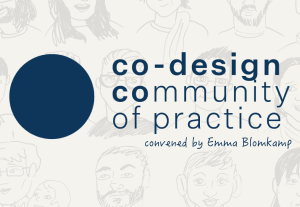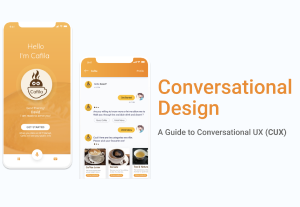- Customer Experience, Design, Things UX People Like, UX Education, UX Magazine
Co-design community offers opportunities to connect and exchange with others, using creative and participatory methods. Learn more about a new online network of practitioners wanting to learn more about participatory design that is open to people all over the world.
Article by Emma Blomkamp
Why I’m Launching a Co-Design Community of Practice
- The author shares her ideas and experiences that have inspired her to launch a co-design community of practice.
- The article covers:
- How CoDesignCo emerged
- What difference this community aspires to create
- The CoDesignCo offers opportunities to connect and exchange with others, using creative and participatory methods
Share:Why I’m Launching a Co-Design Community of Practice
Share this link
- May 25, 2022
5 min read







